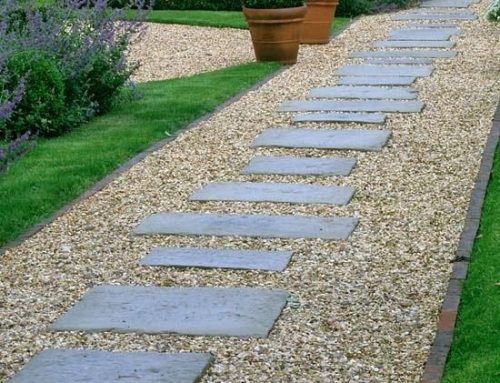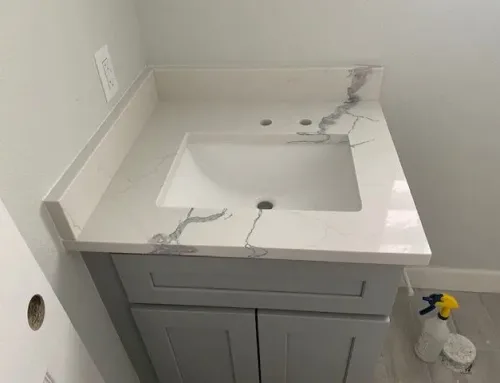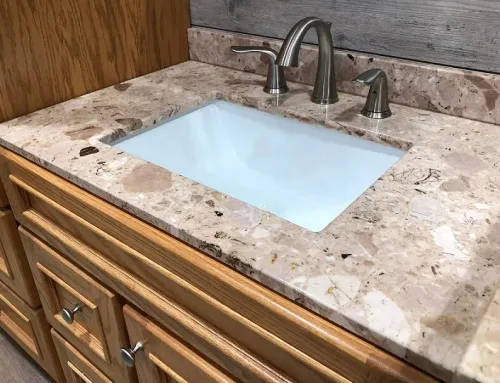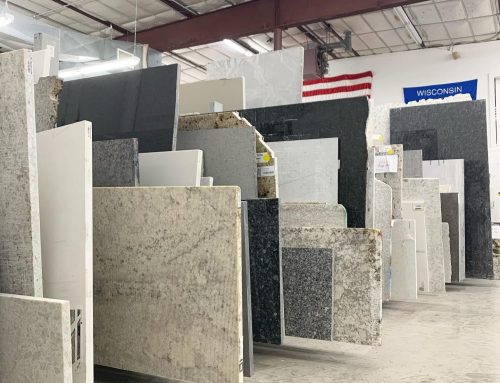What to avoid on quartzite? Quartzite is a stunning natural stone that brings both beauty and durability to any space, especially kitchens and bathrooms. Its marble-like veining and granite-like strength make it a popular choice among homeowners and designers alike. However, to keep your quartzite surfaces looking flawless for years, it’s important to understand what not to do. Here’s what you should avoid when caring for quartzite:
1. Avoid Harsh Chemicals and Cleaners
While quartzite is tough, it’s still a natural stone—and natural stone doesn’t mix well with acidic or abrasive cleaners. Avoid bleach, vinegar, ammonia, and citrus-based cleaners, as they can dull the finish or etch the surface over time.
Pro tip: Stick to a pH-neutral stone cleaner or simply use warm water with mild dish soap.
2. Don’t Skip Sealing
Quartzite is denser than many other stones, but it’s still slightly porous. That means it can absorb liquids and become stained if not properly sealed. Some quartzite slabs require sealing once a year, while others may need it less often.
What to do instead: Check with your installer and reseal as recommended. To test if it’s time, sprinkle water on the surface—if it darkens or absorbs, it’s sealing time.
3. Avoid Direct Heat Exposure
Even though quartzite is heat resistant, placing hot pots or pans directly on the surface can lead to thermal shock or discoloration over time.
Quick fix: Always use trivets or heat pads under hot cookware. It’s an easy habit that protects your investment.
4. Don’t Use it as a Cutting Board
Quartzite may be strong, but that doesn’t mean you should slice and dice directly on it. Not only can knives scratch the surface, but the stone can also dull your blades.
Better idea: Use a proper cutting board and keep your quartzite scratch-free and gorgeous.
5. Avoid Leaving Spills to Sit
Oils, wine, coffee, and citrus juices can leave behind stains or etching if not cleaned up quickly—especially on unsealed quartzite.
Best practice: Wipe up spills promptly with a soft cloth and water, especially if it’s a darker or more acidic liquid.
6. Don’t Assume All Quartzite is the Same
Not all quartzite is created equal. Some stones labeled as quartzite are actually dolomitic marble or other mixed-stone types that are softer and more sensitive.
What to check: Confirm the true nature of your stone with your fabricator or installer. A scratch test can help determine if it’s real quartzite.
Final Thoughts – What to avoid on quartzite?
Quartzite offers elegance, durability, and natural charm—but it’s not completely maintenance-free. By avoiding these common mistakes, you’ll preserve its beauty and functionality for the long haul. A little care goes a long way when it comes to natural stone surfaces.
Have questions about quartzite care or looking for design tips? Drop a comment below—we’d love to help!





